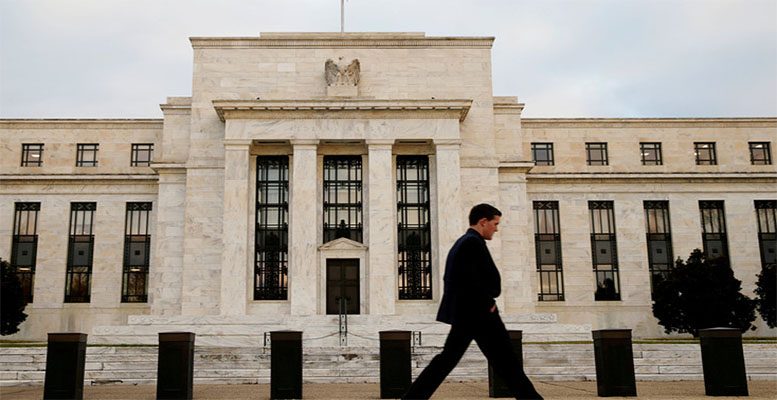Markets are currently looking to the US Federal Reserve’s (Fed) September policy meeting, scheduled for tomorrow and Wednesday. Janwillem Acket, Chief Economist at Julius Baer expects the Fed to be in no hurry to continue normalising interest rates. The Fed funds target rate will remain unchanged for the time being. Latest US economic data allows the Fed a wait-and-see stance for stronger inflationary signals to unfold in the months ahead. Acket explains:
As a consequence, we continue to expect two 0.25% Fed funds rate hikes until the end of 2018, namely one in December of this year and one next June. This rate outlook should be supported at the Fed meeting by a revision of the ‘dots’, i.e. the tendencies of the individual projections of the members of the Federal Open Market Committee (FOMC), and possibly also by Fed Chair Janet Yellen in her quarterly media conference.
However, the markets’ focus currently lies elsewhere. At this week’s meeting, the Fed will most likely announce that it will embark on a reduction of its balance sheet as of the fourth quarter 2017.
Analysts at Julius Baer believe that this process should not have a significant impact on longer-term US yields, as it will be pursued very cautiously.
Given the Fed’s statement at its June 2017 policy meeting, the balance sheet reduction should begin gradually at USD 10 billion per month, i.e. by no longer reinvesting each month a volume of USD 6 billion of maturing Treasuries and USD 4 billion of maturing agency bonds, such as mortgage-backed securities.
In addition, the Fed has already hinted that it intends to increase the pace of the balance sheet reduction to an overall monthly volume of USD 50 billion, i.e. reaching a maximum volume of USD 30 billion of Treasuries and USD 20 billion of agency debt per month. Experts expect such a top pace to be reached by the third quarter of 2018.
It is important to note that the Fed has expanded its balance sheet from nearly USD 800 billion in 2007 to currently roughly USD 4.5 trillion, of which USD 4.2 trillion are securities, such as Treasuries and agency bonds. At a maximum pace of USD 50 billion per month, it will take more than three years to reduce the Fed’s balance sheet back to a level near USD 2.5 trillion, which is still more than three times its size in 2007.
Besides, and almost unnoticed by markets, Fed balance sheet reduction has already and very gradually been taking place through US commercial banks, which have reduced their excess reserves by roughly USD 500 billion since 2014. This has not had any significance for US yields so far.
Therefore, the Fed can feel confident that its own measures should not send yields flaring up in a disrupting way for bond markets. To conclude:
Growth and inflation expectations, in particular the latter, are actually relevant for the course of bond yields going forward. The above-described gradual balance sheet adjustment by the Fed is slow, tiny per month and overall rather modest in comparison to the size of the US bond market.





